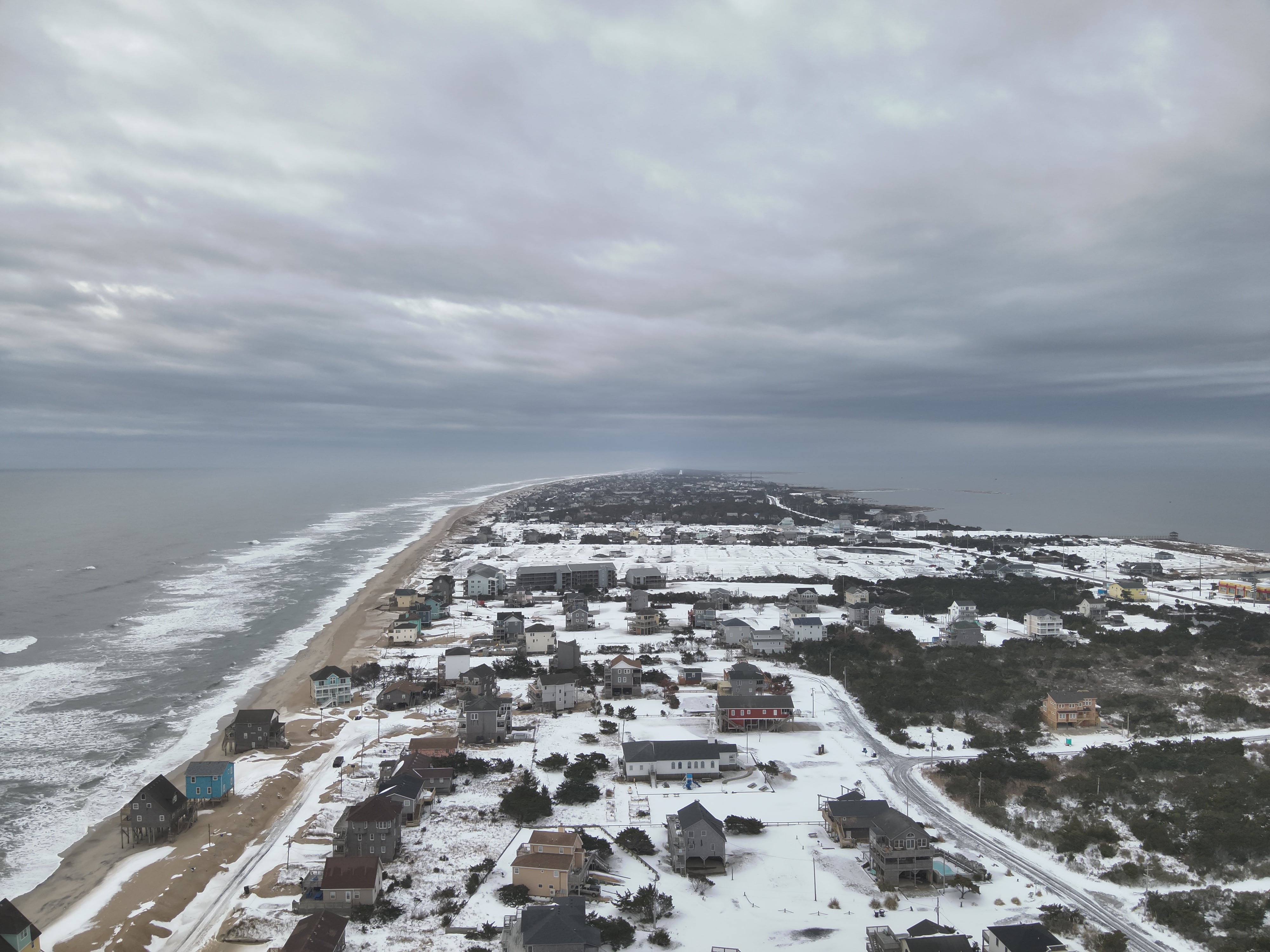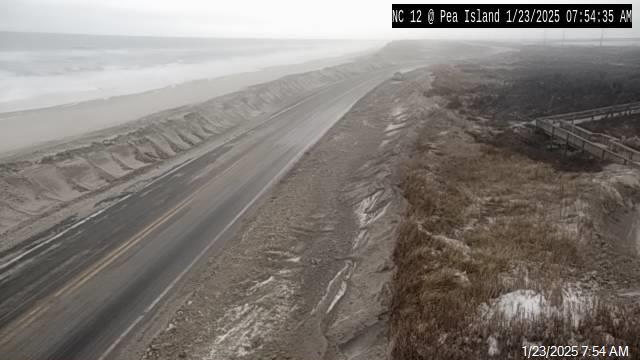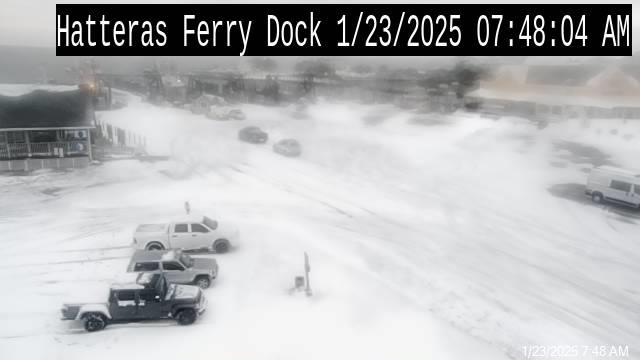Impact of Gulf oil spill on marine life is still uncertain By SUSAN WEST
By SUSAN WEST
By SUSAN WEST
Chances are remote that oil from the Deepwater Horizon spill in the Gulf of Mexico would wash ashore in North Carolina, according to the state Department of Crime and Public Safety.
If anything, beach-goers might see some tar balls on the beach, not a smothering blanket of oil choking the life out of marshes and wildlife, officials say.
But the consequences of the spill for marine life beneath the ocean surface, something scientists say is difficult to assess, could flow far beyond the Gulf.
“It’s sort of like waiting for a ticking time bomb to go off,” said David Eggleston, professor of marine, earth and atmospheric sciences at North Carolina State University.
“It could be a dud or a direct hit. We don’t know.”
For one thing, estimates of the amount of crude pouring into the Gulf every day have steadily increased since the April 20 rig explosion, from British Petroleum’s initial estimate of 1,000 barrels to an estimate of as many as 60,000 barrels announced by government scientists this week.
The rig explosion that killed 11 people and left a river of crude oil gushing into the Gulf coincided with spawning season for many fish, including migratory bluefin tuna, prized by commercial and recreational fishermen on the Atlantic seaboard.
Early into the Gulf catastrophe, the Center for Biological Diversity filed a petition to protect bluefin under the Endangered Species Act.
Eggleston said larvae are extremely sensitive to oil.
“The frontal boundaries where two water bodies meet tend to concentrate larvae and also would concentrate oil by the same process,” he added.
Giant underwater plumes of oil droplets, as far as 3,300 feet below the water surface and as far away as 142 miles from the spill site, complicate the picture.
Naturally occurring bacteria feed on oil, but also deplete oxygen needed by other inhabitants of the deep, potentially creating dead zones devoid of animal life.
Some oil disperses naturally into the water column through wave action, but British Petroleum has applied more than one million gallons of chemicals to accelerate the process and reduce the amount of surface oil.
Dispersing the oil could help reduce the threat to birds and other animals that come into direct contact with surface water, but breaking the oil into small particles could heighten the risk to marine life.
Although concentrations of oil-related chemicals in the plumes are low, according to the National Oceanic and Atmospheric Administration, toxic compounds that would be expected to evaporate from surface water have instead spread through the ocean.
Small amounts of oil could impair immune systems and cause reproductive problems in deep-water fish, such as sharks, swordfish, marlin, snapper, grouper, and tunas.
Jellyfish, small fish, shrimp, crabs, and zooplankton that are dinner for larger fish could be at risk too, posing a threat to the foundation of the marine food chain.
“If toxics are incorporated into the food web, we’ll be dealing with the consequences for years and years to come,” Eggleston said.
Another concern is that oil entering the Gulf Stream could contaminate the Sargassum Sea and its rich beds of sargassum, a type of brown seaweed that provides food and protection for young fish and sea turtles.
Fish species found in sargassum mats include tuna, marlin, triggerfish, amberjack, and dolphin.
Eggleston said assessing the impact of the spill on underwater marine life will be complicated.
“Even with good information, say a bluefin larval index that goes back 20 years and data collected after the spill, it is difficult to assign cause and effect,” he explained.
Subject
Name
(required, will not be published)
(required, will not be published)
City :
State :
Your Comments:
May be posted on the Letters to the Editor page at the discretion of the editor.
May be posted on the Letters to the Editor page at the discretion of the editor.
May be posted on the Letters to the Editor page at the discretion of the editor.
May be posted on the Letters to the Editor page at the discretion of the editor.






















